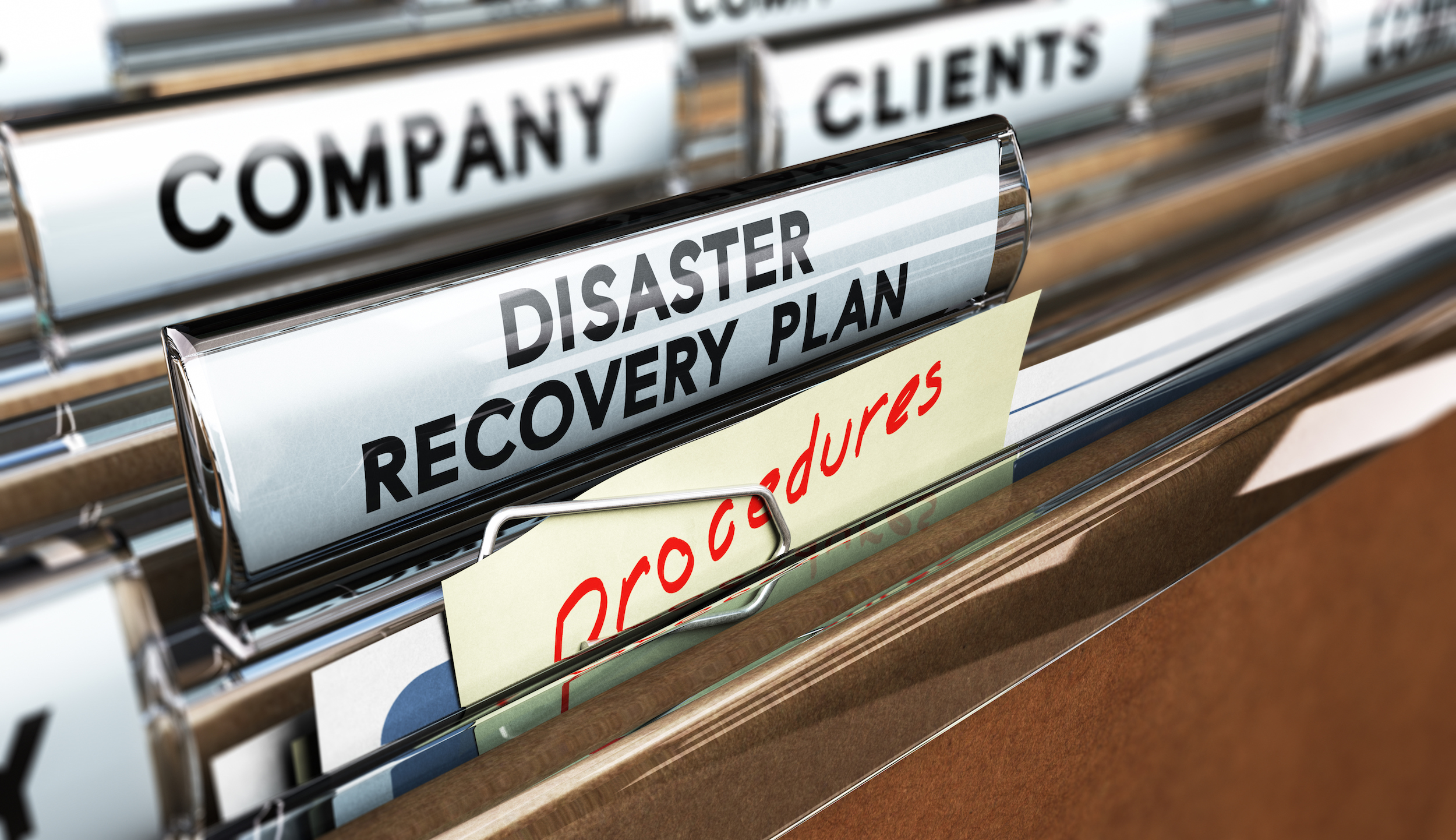
The Difference Between Emergency and Non-Emergency Hotel Crisis Situations
By: Andrea Trapani
When it comes to navigating and managing hospitality crisis situations, hotel owners and operators must know what to look for in order to develop an effective response plan.
The first step, for any hotel owner or operator, is to know how to identify a crisis, ideally before a ripple of initial media coverage swells into a wave of negative publicity. Because the “gestation period” between the initial reporting of a negative event and the moment when an event or revelation evolves into a full-blown public scandal is shorter than ever, identifying a potential issue as quickly as possible is critically important.
That isn’t always easy, however. Crisis situations look very different today than they did in the past. A crisis is any situation that requires immediate and coordinated action. But crises can come in all shapes and sizes, and in varying levels of severity. And it isn’t always immediately apparent if what you are dealing with is a minor hiccup that can be addressed with swift and sure action, or is a more serious issue that will require a more significant and sustained response.
A crisis could be prompted by something happening internally, such as an employee complaint, an HR infraction, or an executive dispute or departure. It could also be something external, such as an act of violence or a natural disaster—or really anything that impacts the health and/or safety of your guests.
A hotel is a complex organism with a lot of moving parts. From bedbugs to bad potato salad, anything—whether big or small—that impacts the public’s view of your operation in a negative fashion can be considered to be a potential crisis.
Here are a list of scenarios and events that could easily be classified as a crisis situation requiring a management and recovery plan:
Health/Safety:
- On-site accidents causing injury or death to a guest, employee or contractor
- Terrorism
- Natural disaster/act of God
- Food poisoning or other illness
Technology:
- Power failure or data center outage
- Data breach/loss of private customer data
Infrastructure:
- Damage to a facility (storm, fire, etc.)
But while it’s important for a management or company to understand what constitutes an emergency crisis situation, it’s also key for decision makers to understand what is non-emergency crisis situation. These scenarios can include, but are not limited to, the following:
Personnel:
- Drastic leadership change
- Employee/workplace scandal
Perception:
- Bad reviews; publicity
- Negative guest experience
- High-profile public event
Infrastructure:
- Dirty or unsafe facilities
- Moving, consolidating or closing of a location
Emergency v. Non-Emergency: Why the Designation Matters
It’s easy to lump these types of scenarios together into one big “crisis” category. In fact, if a property experiences a crisis situation, this is the likely response you’ll see from marketers and leadership. However, there are some key differences between these types of scenarios.
Generally speaking, while the emergency category involves crises that are, by definition, more serious, they are also correspondingly easier to identify.
Non-emergency crises can be the exact opposite: slower to develop, harder to identify, and involving complex media/PR considerations and public narratives that are surprisingly difficult to address.
Clearly designating the type of crisis situation at play will help to set expectations for response and recovery times. And that type of knowledge, and confidence, can make all the difference when navigating a challenging brand moment.
Interested in learning more about how to navigate hotel crisis situations? Download hospitality crisis communications playbook: No Rooms for Error




